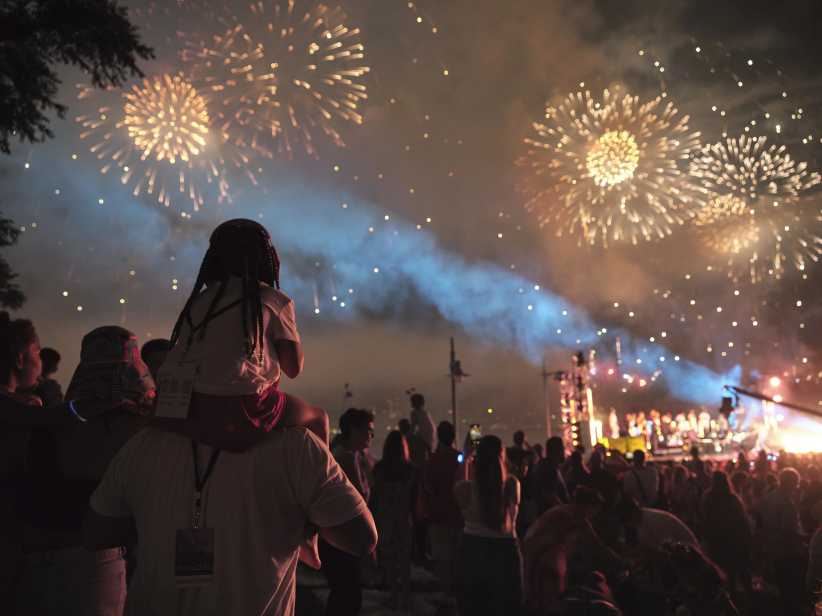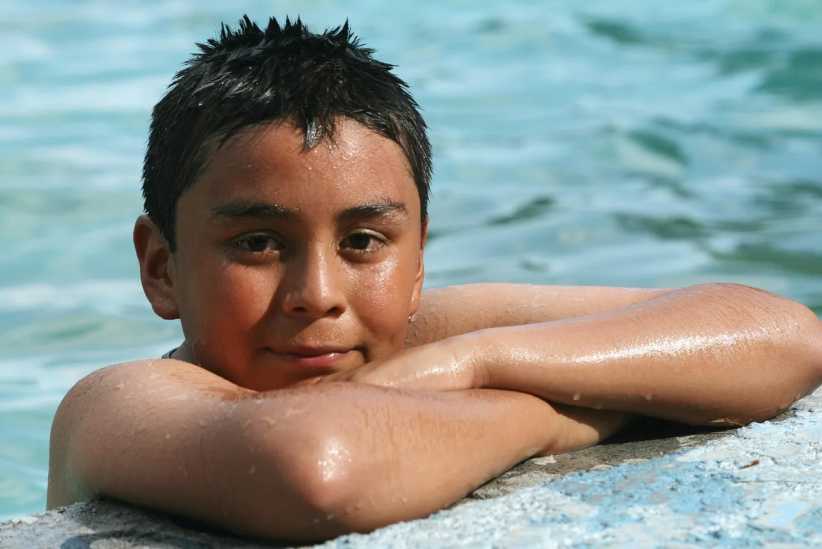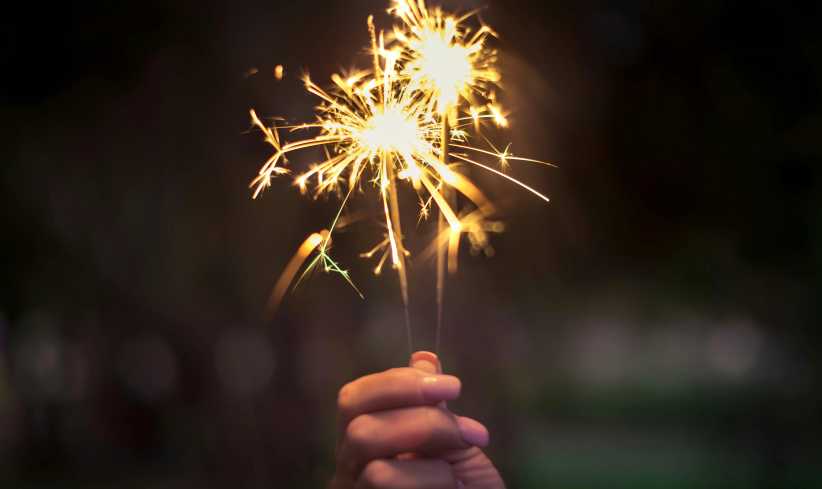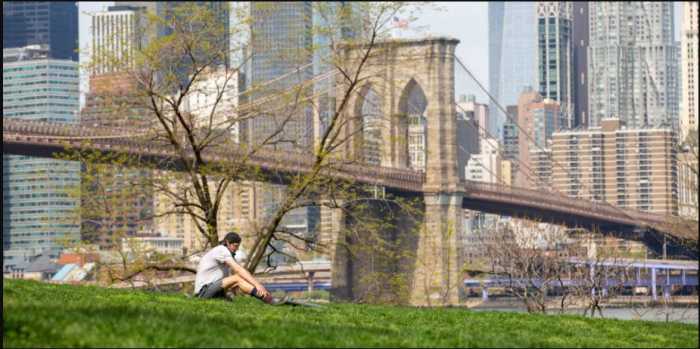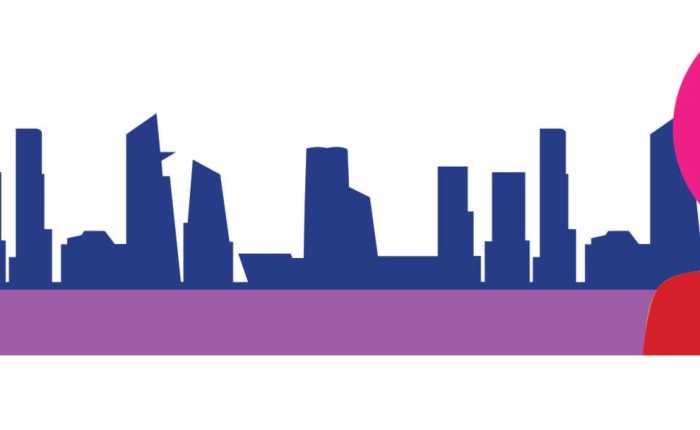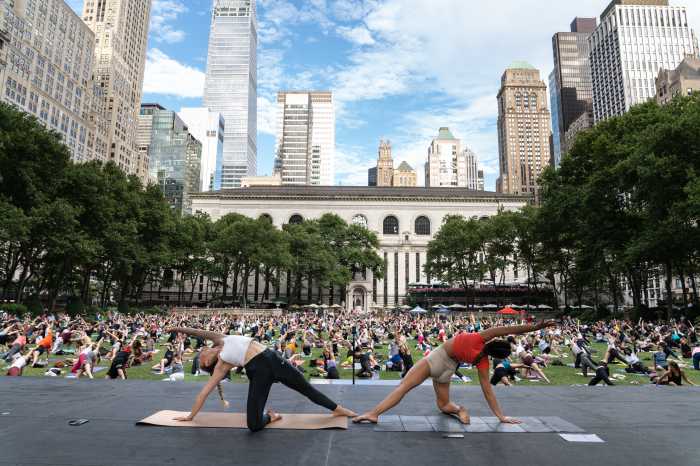
It’s not uncommon in the family realm to hear a story about a parent who saw an untapped niche, or unmet need in the market for children’s products and services, and decided to become the entrepreneur who would fill it. Among local parents who have taken on that challenge, this story, which began two decades ago, may well be the best of them all.
In 1991, Roland Betts’ daughter was a competitive figure skater who mostly skated at the original Sky Rink on West 33rd Street near 10th Avenue. A former college hockey player himself, Betts still played in adult leagues at the rink. However, the rink was in danger of losing its lease, a scenario which would leave Manhattan without an indoor all-year rink. So Betts, along with his friend David Tewksbury, who had also played college hockey and played in Sky Rink’s recreational leagues, set out to find space for a new rink.
After much searching, they eventually happened upon Pier 61 on the Hudson River.
The space was long enough and wide enough for two rinks, and it was entirely column-free—a great space, except that at the time, New York’s West Side waterfront, especially in the Chelsea area, was dilapidated and unseemly—hardly a place for families. But given the near impossible task of finding enough suitable space for a hockey rink in the city, the men decided to focus on Pier 61. Bringing in Betts’ longtime business partner, Tom Bernstein, into the mix, the three of them began the process of leasing the 100,000-square-ft pier. As it turned out, the New York State Department of Transportation owned the property but could only lease it at auction. When the auction specifics came back, Betts, Bernstein, and Tewksbury learned that the bid required the leasing of a much larger waterfront area—four piers in all—or a whopping 1,500,000 square feet. If the three men wanted an ice rink, they had to come up with a plan for all that extra space. The resulting vision, or “happy accident,” (Betts’ words) they came up with would ultimately become the one-of-a-kind, state-of-the-art sports mecca that city families (and many other city residents) now know as Chelsea Piers.
To try to get it right, they worked with community groups to indentify the most pressing recreational sports needs among city residents. “We had one mother who said to us: ‘The ice rink idea is very interesting, but did you know I drive my daughter to Pennsylvania every morning for gymnastics?’” Tewksbury, who’s now CP’s executive vice president, recalls. For all their research, it was still a very big guess and a very big gamble. “We had no idea if people would come,” Betts, who’s now CP’s chairman, adds candidly.
And come they have. Over the 20 years since the Chelsea Piers opened in 1995, it has become the city’s leading recreational sports institution—with children and family comprising a large part of its core offerings and mission. From sports fundamentals to summer camp to birthday parties, it is a home-away-from-home for many city kids. “We didn’t really know it when we started, but there was a huge unmet need for sports for kids in the city,” Bernstein says.
In keeping with their original vision, Chelsea Piers has big, active programs for kids, from beginners to serious athletes, in not only figure skating and ice hockey, but also in soccer, golf, gymnastics, and basketball (plus a variety of opportunities to learn or improve in baseball, rock-climbing, fitness, dance, bowling, and more). Their summer camp serves over 780 kids a week, across 17 different kinds of camps. For the youngest set, there’s day care for babies as young as 3 months, which can segue into preschool; while families with older kids take advantage of its afterschool programming, which can include homework help.
Among the key sites on the sprawling complex are the Field House (soccer, gymnastics, rock-climbing, basketball, batting cages), the Golf Club (which includes its signature pier-long driving range), and, of course, the Sky Rink (hockey and figure skating), and a bowling alley now managed by Bowlmor). Plus, its legendary Sports Center and Health Club, while mostly for adults, can be availed by older kids who are dedicated athletes interested in specialized training—and every Sunday is Family Day, when member parents can bring their little folk.
Amid all these offerings, a question that is commonly asked of the three co-founders is: How does it all come together? In other words, how could so many things be going on and work well for so many New Yorkers? One part of the not-so-secret secret to CP’s success is to try to imbue every experience with a human touch. “We take a big place and we make it small,” Bernstein, who’s now CP’s president, says.
The approach to birthday parties—Chelsea Piers hosts over 2,000 every year—is a perfect example of that sensibility. A rite of passage for many city kids, Chelsea Piers keeps the parties personal and intimate. “When a child has a birthday party, it’s the most important day of their lives, so we make it special by assigning a coach specific to the child’s chosen sports theme,” Betts says.

Of course, having a personal approach to any activity—be it a birthday party or a gymnastics class—is only as effective as the staff overseeing the activity, and Betts, Bernstein, and Tewksbury are lavish in their praise of Chelsea Piers’ small armada of 1,200 employees—a number of whom once attended classes and summer camp at the venue when they were growing up.
“We learned very early on to make sure we had coaches and teachers who did a great job,” Betts says. “If you teach, whether it’s a child or an adult, in a high-quality, thoughtful manner, people will come back again and again and again.”
Those “again and again” regular visits now add up to 4 million visits a year, making Chelsea Piers one of the top five most visited locations in NYC. “In our way, we are part of the fabric of New Yorkers’ lives,” Bernstein says.
That has been true through good times and bad. During the aftermath of 9/11, Chelsea Piers served as a staging area for ambulances and medical personnel. During the blackout of ’03, summer campers were tucked into gymnastics mats for beds until parents could get there to pick them up. And, as you can imagine, a facility on the banks of the Hudson suffered greatly during Hurricane Sandy. Floodwaters reached over six feet high in the facility, and nearly everything at ground level was lost. But in true Chelsea Piers spirit, employees showed up the next day to begin clean-up work.
“There was a point when I wasn’t sure if we could recover from the storm,” Betts says. “But one of our longtime employees showed up and she was in tears. I knew when I saw that, we didn’t have a choice. Chelsea Piers was a home to our staff and our community. We had to rebuild.”
Almost miraculously, with the help of many of their employees working together, Chelsea Piers was back in action in just five weeks. In those five weeks, the Piers staff worked hard to reschedule every single wedding, bar and bat mitzvah, and birthday party to another venue so that no special occasions were canceled. “Our darkest hour became our finest hour,” Bernstein recalls.
In recent years, Chelsea Piers has expanded, opening a new facility in Stamford, CT. Repurposing an old shampoo factory, Chelsea Piers has again created a top-of-the-line facility to serve that community in the same fashion as the NYC outpost. “We always knew we wanted to try this somewhere else,” Betts says, adding that the team would possibly be up for additional expansions if the circumstances were right.
Whether another grand adventure shows itself or not, the three original founders are all still deeply immersed in the running of the original CP in Manhattan and the new one in Stamford. In fact, by all accounts, one of the keys to their partnership is not only how much they enjoy their job, but also how well they get along and work together.
From a pioneer on NYC’s undeveloped West Side to an anchor for the riverfront’s revitalization, Chelsea Piers has truly become a New York City institution. “We have loved it, filling this huge gap for city kids,” Bernstein says, with nods from his friends and co-founders.
To learn more about Chelsea Piers, visit chelseapiers.com.












